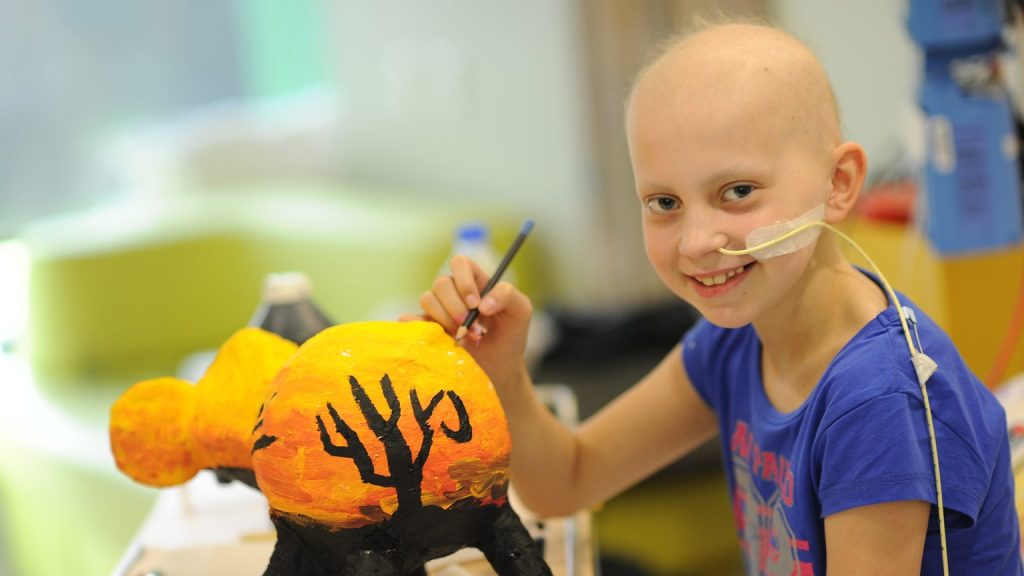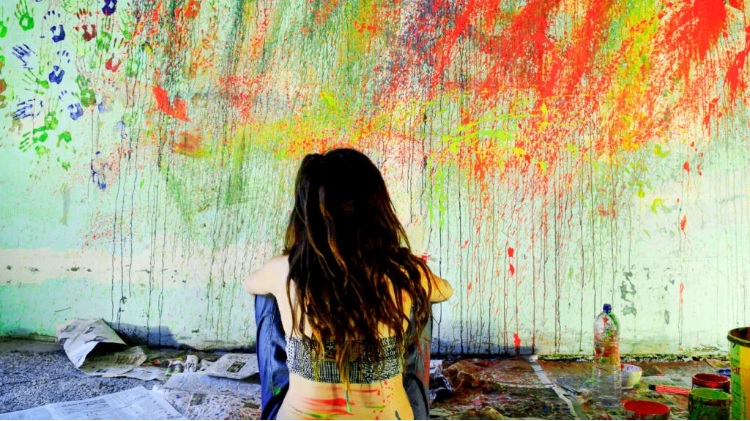Art therapy combines art and therapy, utilising creativity for healing and growth. It offers a unique avenue for self-expression and self-discovery. Through art-based activities, individuals explore emotions and experiences in a non-verbal manner. Guided by professionals, art therapy facilitates personal transformation. Whether standalone or combined with traditional therapy, it taps into creativity, provides insights, and fosters personal growth. Following are the 11 things You should know about Art Therapy:
- Art therapy is a form of psychotherapy that utilises the creative process of making art to improve and enhance individuals’ physical, mental, and emotional well-being.
- Many educational institutions offer specialised courses and programs in art therapy, allowing individuals to learn and develop skills in this therapeutic approach.
- “Art enables us to find ourselves and lose ourselves simultaneously.” – Thomas Merton. Quotes like this capture the essence of art therapy, highlighting its ability to facilitate self-discovery and exploration.
- Expressive arts therapy is a broader term that encompasses various art modalities such as painting, drawing, music, dance, and drama. Art therapy is a specific form of expressive arts therapy focusing on visual art.
- Mandala art therapy involves creating and working with mandalas, circular patterns that symbolize wholeness and integration. This practice can promote relaxation, self-awareness, and self-expression.
- Art therapy offers numerous benefits, including stress reduction, improved self-esteem, increased self-awareness, enhanced communication, and personal growth. It can also aid in managing symptoms of mental health conditions.
- Art-based therapy refers to therapeutic approaches that use art processes and materials as the primary mode of communication and healing. Art therapy is one form of art-based therapy.
- Art therapy activities range from simple drawing exercises to more complex projects involving painting, collage, sculpture, and other art forms. These activities are tailored to individual needs and therapeutic goals.
- Examples of art therapy interventions include creating a visual journal, painting emotions, sculpting to explore body image, and using collages to express personal narratives. These examples demonstrate the versatility of art therapy techniques.
- Art therapy incorporates psychological principles and theories to understand and address emotional and mental health issues. It combines artistic expression with therapeutic interventions to promote healing and growth.
- Art therapy offers a rewarding career path for those passionate about art and psychology. Professionals can work in various settings, including hospitals, clinics, schools, rehabilitation centres, and private practice, helping individuals of all ages and backgrounds.






